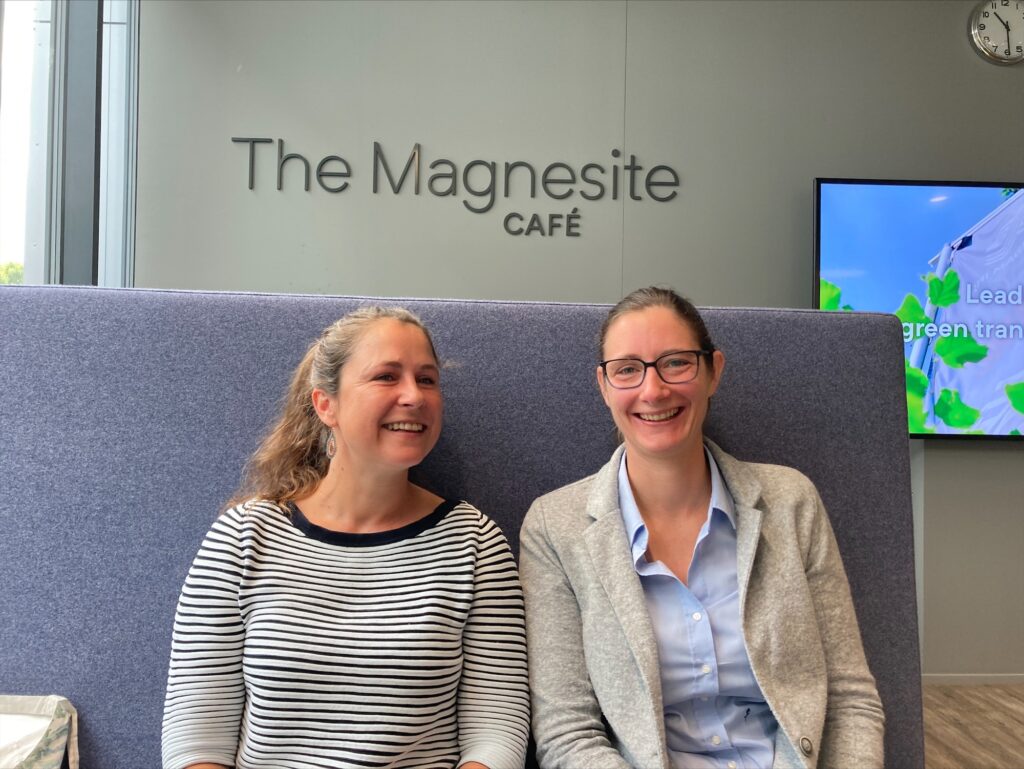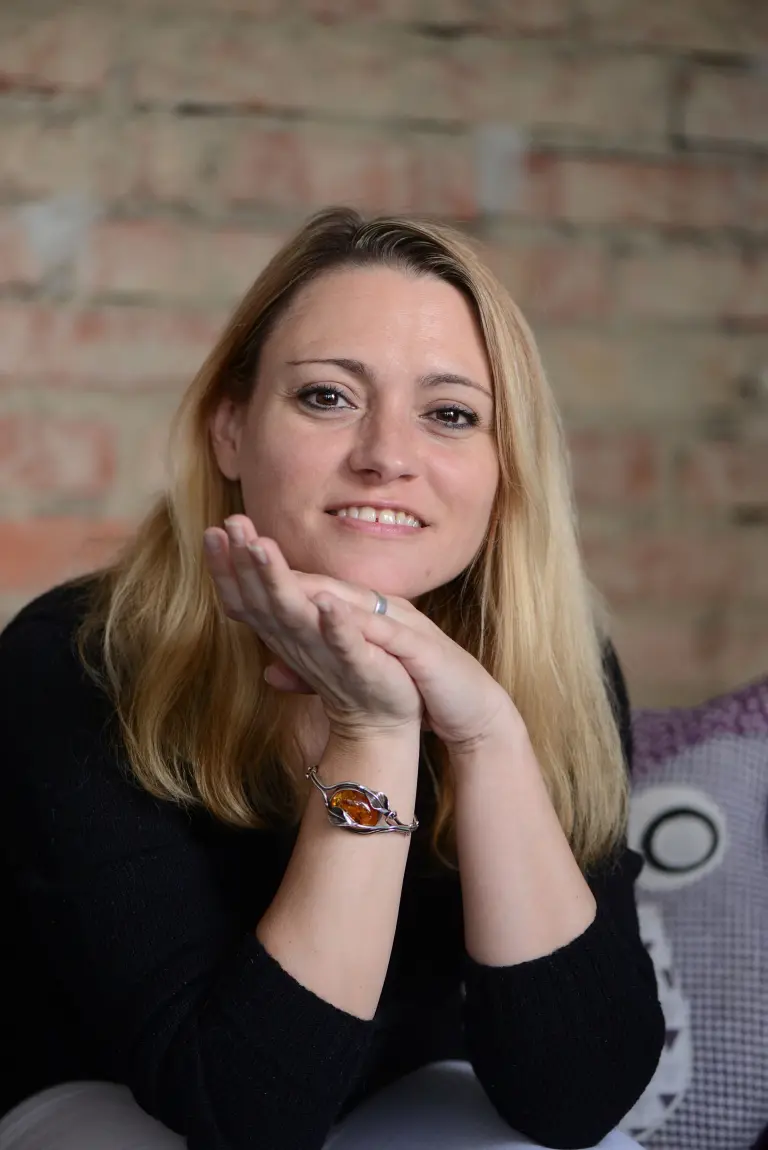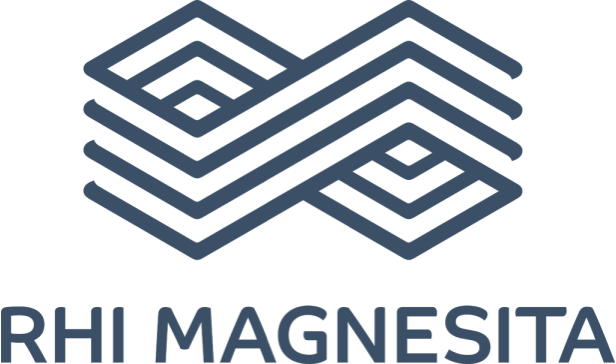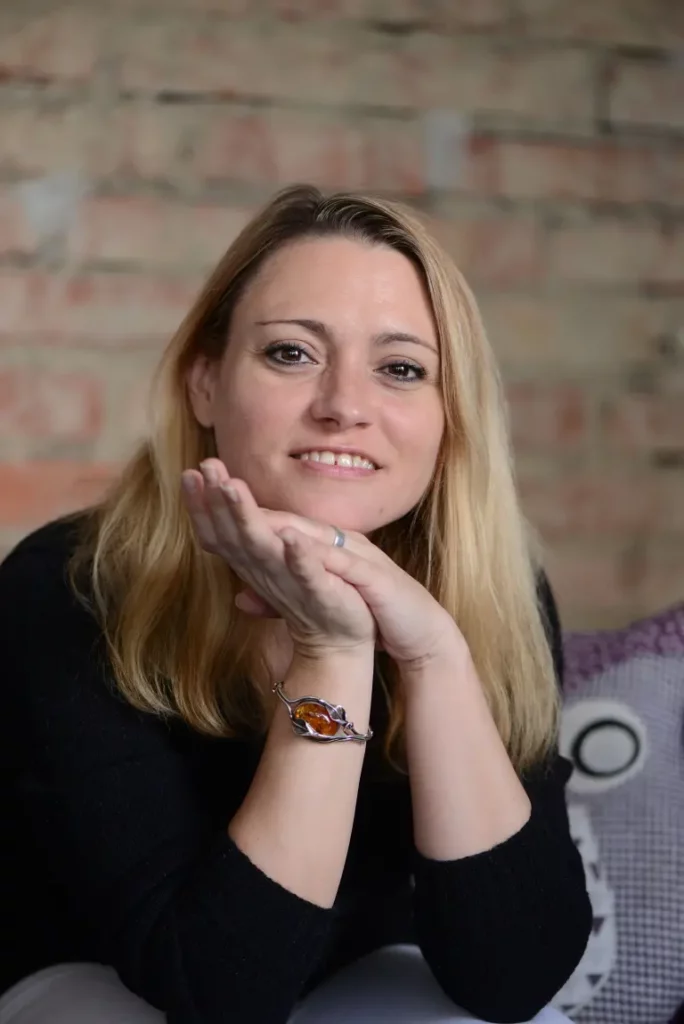A Legal Issue

As you might know already, there are 9 partners including RHI Magnesita who work together in the project ReSoURCE. This of course requires diverse legal arrangements and quite some legal support. To learn more about that, Carmen Loew (CL) did an interview with Eva Ritter (ER) and Judith Steiner (JS) about the legal work to be done before the start of the project itself.
CL: You both are lawyers, correct? Please introduce your function briefly to our readers.
ER: Yes, we are both certified lawyers from the global legal team “Legal Corporate & IP Management”. In this function we support with global projects and transactions, such as the Horizon Europe ReSoURCE project.
CL: Do you often have to deal with consortium agreements? Or how do you set this up?
ER: We also support with consortium agreements when they come up. The Horizon Europe project and its consortium agreement is a special cases though, as the EU has special customized templates and guidelines one has to adhere to whilst concluding such a consortium. This makes any Horizon Europe project a special and different support work as for usual agreements between two or more parties that are free to agree on their ideas and conceptions.
CL: In such an agreement it is regulated, who is taking on which tasks, and aspects like that. Is that when you both are getting involved?
ER: No, ideally, we are getting contacted right at the beginning of project discussions to better understand the scope and so we can help from the beginning with concluding the respective agreements needed. Projects mostly start with the conclusion and negotiation of NDA`s to safeguard our RHIM knowledge and confidential information. This is a pre-step to more in depth- discussions between the potential partners.
CL: What exactly is an NDA and why is it so important?
ER: An NDA is a non-disclosure agreement that is concluded between all the partners that will share their data and information. It makes sure that nobody is giving out any company information that the others could “freely” use to their own advantages. In a nutshell: a good NDA gives parties the possibility to openly discuss important facts and points – e.g. research results and developments – without losing their rights in this information. In particular regarding intellectual property this is very important. Example: if you openly discuss information on some invention that is not yet patented, you can lose the right to get it patented at all. Also e.g. trade secrets by their nature are protected only through confidentiality measures. An NDA in place is your best protection.
CL: And that was the first step that you took in our project, too?
ER: Yes, the first step was the non-disclosure agreement. We were contacted by Saranya to support with the project and informed that in this special case RHI Magnesita will even be the consortium leader for the first time. This led to diverse calls and discussions on the scope and background of the project between Legal and the project team. In these calls we already realized that the team spirit was right and the support for one another very high.
CL: What was the next step then?
JS: The Grant Agreement was distributed and negotiated with all the partners. A grant agreement for an EU financed project is not something that can be easily changed or adapted, so this was already quite difficult to align with everyone.
ER: Often, you negotiate the consortium agreement first and then the grant agreement follows. In this case it was done the other way around, since quite a lot of “smaller” entities participated as partners and they were depending on the fund distribution within the smallest amount of time. Such partners can often only continue to contribute to a project when they know that they will reliably and immediately receive their funds money for their work. As you notice, navigating this difference in size and scope of the different consortium partners and thus the different pain points and needs was the main task in the negotiations.
CL: Does RHI Magnesita often cooperate with small companies?
ER: That depends on the project. The mere fact that a partner is a large company does not necessarily mean that they have more expertise than a smaller business. We often have small businesses amongst our partners who are highly specialised in a very specific area.
JS: Yes, in particular in projects that are financed by the European Union there is often an interesting mix between universities and other industrial partners – huge ones and small ones.
CL: Do you have many EU projects at RHI Magnesita?
ER: Aside from ReSoURCE, we are currently involved in diverse other Horizon Europe projects – in some of the cases ongoing negotiations, some already finalized. EU projects are not at all unusual at RHI Magnesita.
CL: What were the main challenges in the legal support with ReSoURCE?
JS: Being the consortium leader made the entire process more challenging.
ER: It is not easy to mediate between all partners if you have to make sure that your own needs are met as well. You must understand, usually we only have to look after RHI Magnesita’s interests. But as a lead partner, we needed not just to do that but as well had to make sure that all interests of all partners were taken care of and aligned between all partners.
CL: I assume, in the case of the bigger companies or entities, you are collaborating with the other legal departments. But how is this done with the smaller partners? I assume they don’t have such departments.
ER: Partly it was even easier to work with the smaller partners, as with the huge ones like universities for example. The later often have very strict guidelines that cannot be changed. The smaller partners can be much more flexible.
JS: Industrial partners are often far more flexible than bigger and publicly financed entities which are often simply not allowed to make a compromise in certain aspects.
ER: An important aspect is also the difference in interests that we as industrial partner have in such a project. We would like to see results; we want to use the outcome. The research should pay off financially from our point of view. For a university, the knowledge generation itself and the transfer of knowledge is their main focus.
CL: When all these interests are sorted out and the needs of all partners are taken care of, who is signing the agreements in the end?
ER: This is no different to any other agreement. Persons authorized to sign for the respective company need to sign.
An aspect that made it a bit more challenging in this case was that we needed to get the signing of all agreements done very fast and this was in the holiday high-season of everyone. For ourselves, we ensured that either Judith or I are always available so there was no time loss or period without legal support at any point in time. Not every partner could ensure this in the same way though due to their limited resources and capacities. Saranya also ensured that she was always available and pushing for a fast and smooth finalization of all tasks. We spend quite a lot of nights in calls together ensuring a timely finalization of the project agreements.
CL: The whole process sounds like a rather time-consuming task.
ER: Yes, a project is not done as soon as all partners agree more or less on their tasks and the outcome all strive for. This all needs to be aligned in details so there is little to no room left uncovered for any issues that might arise in the future. Following the written agreements, another phase starts, and it does so with a lot of questions: Who is authorized to sign? Can they sign alone, or do they need a second signature? Are those people on holiday? Did somebody change jobs and is there maybe another person now that needs to be contacted? How can we send the agreement to the partners?
CL: Well, how do you send these agreements? Can you send them in the usual mail?
ER: We used Adobe Sign in the case of ReSoURCE. Luckily everybody was fine with that. Because if the partners would have insisted on signing the contract in paper form, we would have need to send copies around by mail – to each partner as long until all copies would have been signed by every other partner. That would have taken much longer. Electronic signatures are really a game changer for our business and we try to use it wherever it is legally possible.
CL: How many working hours did you put into the whole process?
ER: Well, the Grant Agreement has 90 pages, the Consortium Agreement has another 100 pages. You need to read it all carefully many times. That alone takes some time. Altogether, I assume that I had put in around 30 hours for this project merely in the brief time towards the end, when I stepped in for Judith during her holidays.
JS: If you are not an expert in this specific type of agreements, you need to do some research regarding this topic and these agreement types as well and you need to prepare the meetings with the partners in advance aligning and streamlining all 9 partners’ different inputs, requests and wishes. So, you can imagine, it is quite some work and time spent on this, next to the other transactions, projects and agreements we support with at the same time.
ER: We have to mention though that Saranya and Alexander have been very cooperative and supported us a lot in this project and we had a good and also fun time together making the project happen. I think, we all were able to learn from each other. Both sides understand better now what the other one needs and wants. Teamwork at its best!
CL: So, you are looking forward already to the next EU project lead?
JS: Well, let’s just say we are even better prepared to take another one on now!

Author’s Portrait
Carmen Loew
Carmen Loew, Magistra Artium, is the project ReSoURCE’s science communicator. She studied Archaeology at the Universities of Saarbrücken and Bamberg and managed projects in research and rescue archaeology in Germany and France before she focused on science communication in 2015. She is a certified PR manager, Fundraising manager, Marketing & Sales assistant, and cultural educator. Her (research) interests are science communication and outreach, crisis communication as well as intercultural communication.
Partner

